
Ingredient
Soyabeans sprouts
The Nutritional Powerhouse: Soybean Sprouts
Soybean sprouts are young, tender shoots that emerge from soybeans. They have a pale yellow color, a crisp texture, and a slightly sweet and nutty taste. These sprouts are known for their high water content, which gives them a refreshing and juicy quality. They are commonly used in stir-fries, salads, soups, and as a topping for sandwiches and wraps. Their delicate nature makes them a great addition to raw dishes, providing a fresh and crunchy element.
Origins and history
Soybean sprouts have been cultivated in Asia for centuries, particularly in China, Korea, and Japan. They have a rich cultural significance in these regions and are often used in traditional dishes. Soybean sprouts gained popularity in the Western world during the 20th century as the demand for Asian cuisine grew. Today, they are widely consumed and appreciated for their nutritional benefits.
Nutritional information
Soybean sprouts are a nutrient-dense ingredient, packed with vitamins A, C, and K, as well as folate, fiber, and protein. They are low in calories and fat, making them a healthy addition to any diet.
Allergens
Soybean sprouts may cause allergic reactions in individuals with soy allergies.
How to select
When selecting soybean sprouts, look for plump and firm sprouts with bright yellow tips. Avoid sprouts that appear wilted, slimy, or have a strong odor. Freshness is key, so choose sprouts that have been recently harvested.
Storage recommendations
To maintain the freshness of soybean sprouts, store them in a perforated plastic bag or a container lined with a damp paper towel. Keep them refrigerated and use them within 2-3 days.
How to produce
To produce soybean sprouts at home, soak soybeans in water overnight. Drain the water and place the soaked beans in a sprouting container or a jar covered with a breathable cloth. Rinse the beans twice a day and keep them in a dark, cool place. After 4-6 days, the sprouts will be ready to harvest.
Preparation tips
Before using soybean sprouts, rinse them thoroughly under cold water to remove any dirt or debris. They can be enjoyed raw in salads or added to stir-fries, soups, and noodle dishes. To preserve their crunchiness, it is best to cook them briefly, just until they become slightly tender.
Substitutions
Mung bean sprouts can be used as a substitute for soybean sprouts, as they have a similar texture and taste.
Culinary uses
Soybean sprouts are commonly used in Asian cuisines, such as Korean bibimbap, Chinese stir-fries, and Japanese miso soup. They can also be added to sandwiches, wraps, and spring rolls for an extra crunch.
Availability
Soybean sprouts are commonly available in Asian markets and grocery stores worldwide.
More ingredients from this category » Browse all

Daikon sprouts
The Delicate Daikon Sprouts
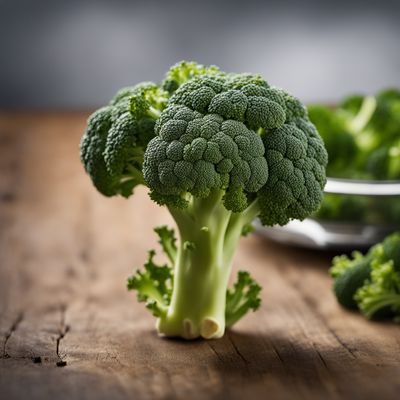
Broccoli sprouts
The Mighty Microgreens

Peas shoots and sprouts
The Green Delicacy

Mung bean sprouts
The Crunchy Nutrient Powerhouse: Mung Bean Sprouts

Alfalfa sprouts
The Mighty Microgreens
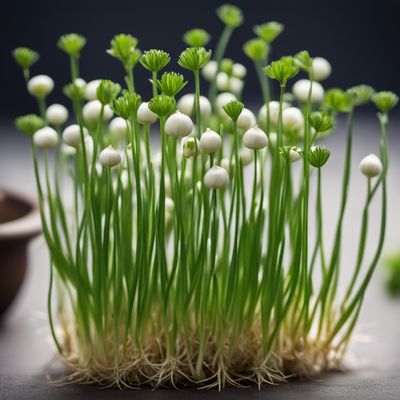
Chinese chives sprouts
The Delicate Shoots of Chinese Chives

Other species used for the production of sprouts or shoots
Sprouting Delights

Roman rocket sprouts
The Peppery Delight of Ancient Rome

Sunflower shoots and sprouts
Sunflower Shoots: A Burst of Freshness

Cresses
The Peppery Greens

Ginger shoots
The Zesty Sprouts

Wheatgrass
The Green Elixir
Recipes using Soyabeans sprouts » Browse all
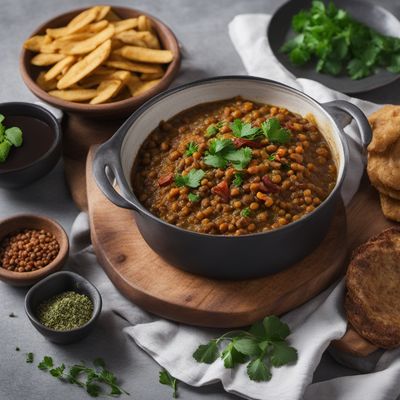
Irish-inspired Samay Baji
Potato and Guinness-infused Samay Baji: A Taste of Ireland in Every Bite
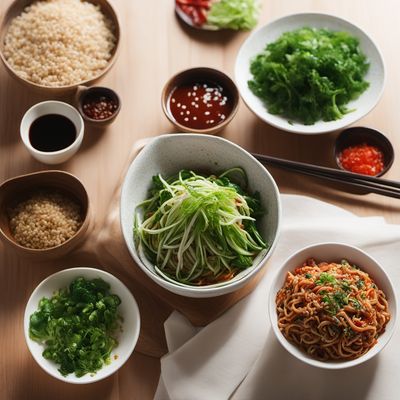
Kongnamul Muchim: Spicy Korean Soybean Sprout Salad
Fiery Sprout Delight: A Spicy Twist on Korean Kongnamul Muchim

Nepalese Style Spicy Chicken Stir-Fry
Fiery Himalayan Chicken Delight
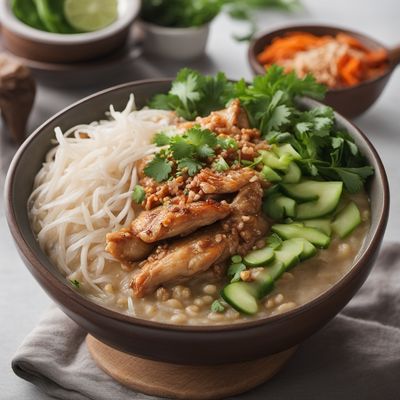
Indonesian Chicken Congee
Savory Comfort: Indonesian Chicken Congee

Chinese-style Soyo
Divine Delight: Chinese-inspired Soyo

Kongnamul Guk (Korean Soybean Sprout Soup)
Savory Delight: Korean Soybean Sprout Soup

Japanese-style Couscous
Umami-infused Couscous with Japanese Flavors

Kwati: Nepalese Mixed Bean Stew
Hearty Himalayan Delight: A Flavorful Nepalese Mixed Bean Stew

Kongnamul Gukbap with Spicy Beef Broth
Savory and Spicy Kongnamul Gukbap: A Korean Delight
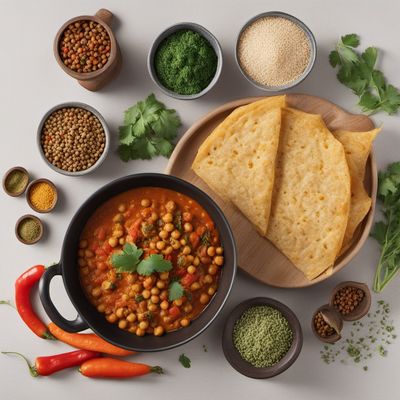
Levantine Spiced Chickpea Stew with Kinema
Savory Levantine Chickpea Delight with Kinema

Lithuanian-style Fermented Soybeans
Savor the Tangy Delight: Lithuanian-style Fermented Soybeans
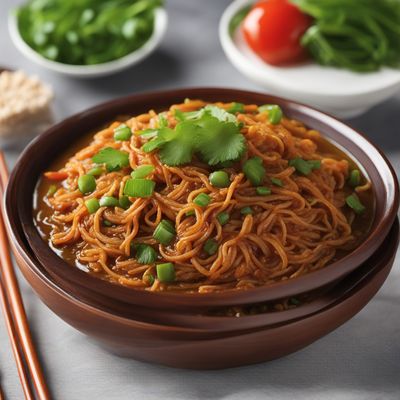
Homestyle Jianbing
Crispy Chinese Breakfast Crepes